Aspendos Ancient City
The name of Aspendos Ancient City is seen as “Estvediya” on the 5th 4th century B.C Aspendos coins and it is a city that minted coins in its own name like Side. The name of Aspendos, a member of the Attica-Delos Sea Union, came to the fore in 468 BC when the Persian fleet, which came over the Köprüçay River, which was in front of Aspendos and was in front of Aspendos, was defeated by the Athenian Kimon in 468 BC. In 333 BC, Alexander accepted the ambassadors of Aspendos and did not touch the city on the condition that he pay the tax they paid to the Persian king. However, Alexander the Great gave up the siege of Sillyon after the Aspendos Ancient City people refrained from their promise while besieging Sillyon, and they marched on Aspendos Ancient City, saying that they would keep their word and prevent the destruction of their city. However, Alexander aggravated the conditions; He punished the people of Aspendos by stipulating an annual tax of 100 gold talents, 4000 horses, and a Macedonian garrison in the city. With the death of Alexander, the city passed into the hands of the Hellenistic kingdoms, in 133 BC it was connected to Rome like other cities, and during Roman rule, it showed great development in the 2nd and 3rd centuries. Most of the buildings seen in Aspendos today date from the Roman Period. Aspendos, which was greatly affected by the Arab raids in the 7th century AD, was taken by the Seljuks who came to the region in the 12th century and a part of the theatre was used as a palace.
THE THEATER AND THE WATERWAYS ARE MONUMENTAL
The theatre and waterways in the city, which have benefited greatly from the transportation opportunities offered by Köprüçay, which opens to the Mediterranean, are monumental. The 1 km long series of aqueducts that bring water to the city from the mountains in the north reveals an extraordinary engineering skill and are a rare example from ancient times. Aspendos Theater is one of the most distinguished representatives of the Roman Age theatres today, with its architectural features and well-preserved. Dedicated to the gods and emperors of the era, the building exhibits the last lines of Roman theatre architecture and construction techniques. The theater, which is one of the most magnificent buildings of its time, has a capacity of about 15 thousand people. On the hill, on which the theatre leans, surrounded by city walls, there are the agora, basilica, a monumental fountain, a parliament building, a monumental arch, a street, and a Hellenistic temple.



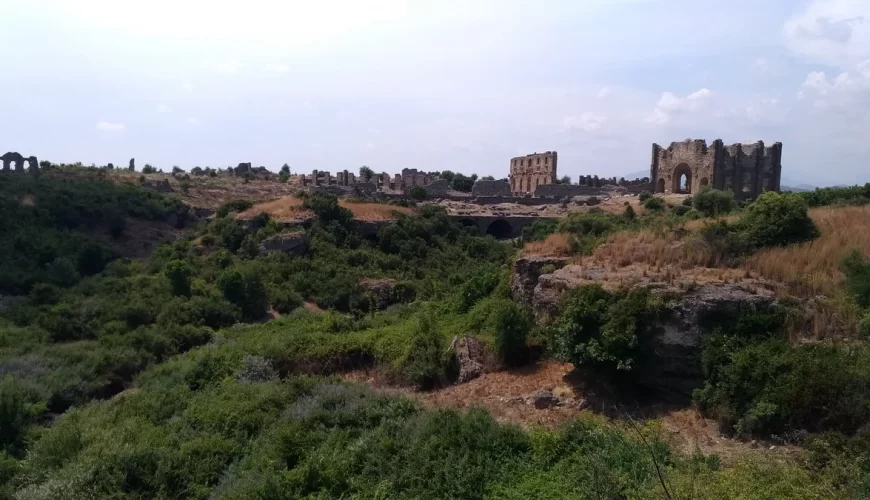
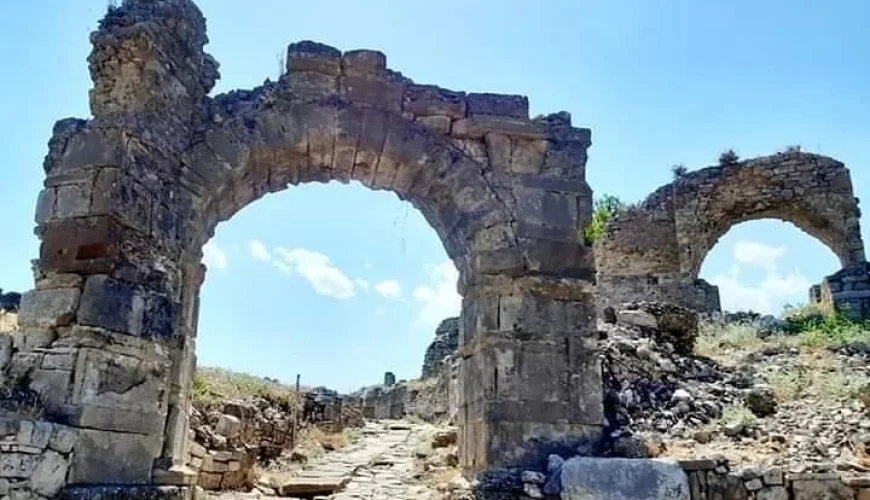
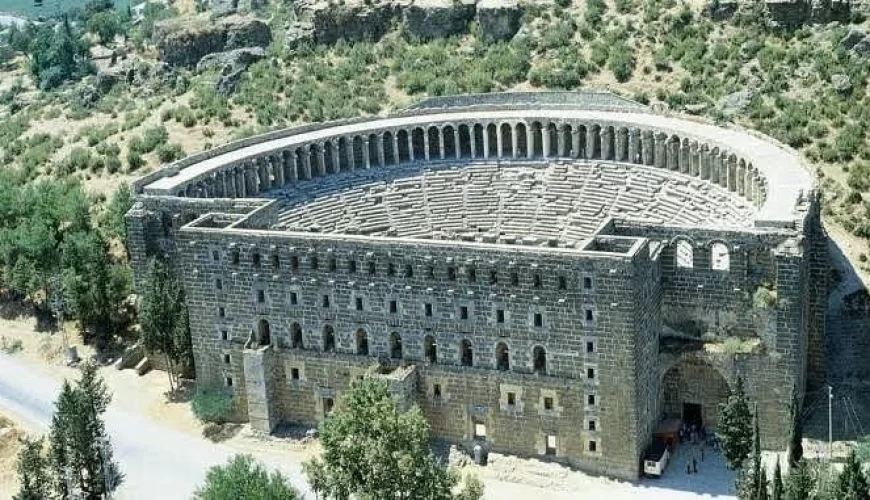

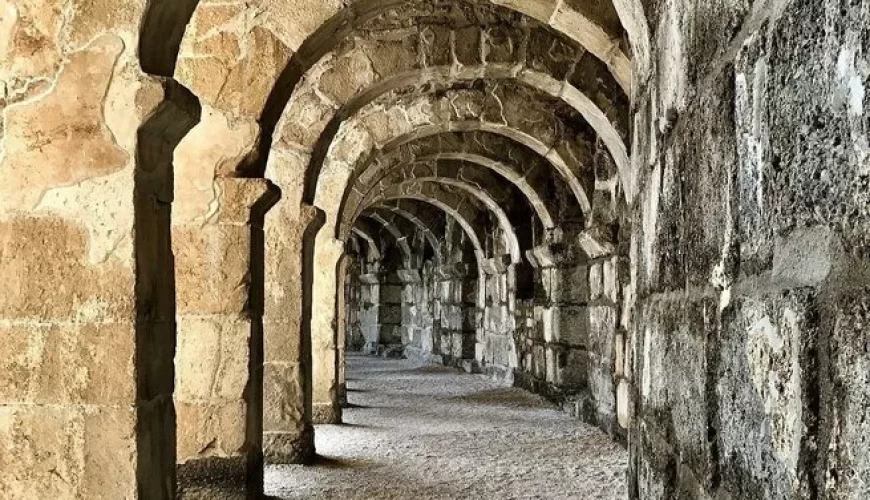
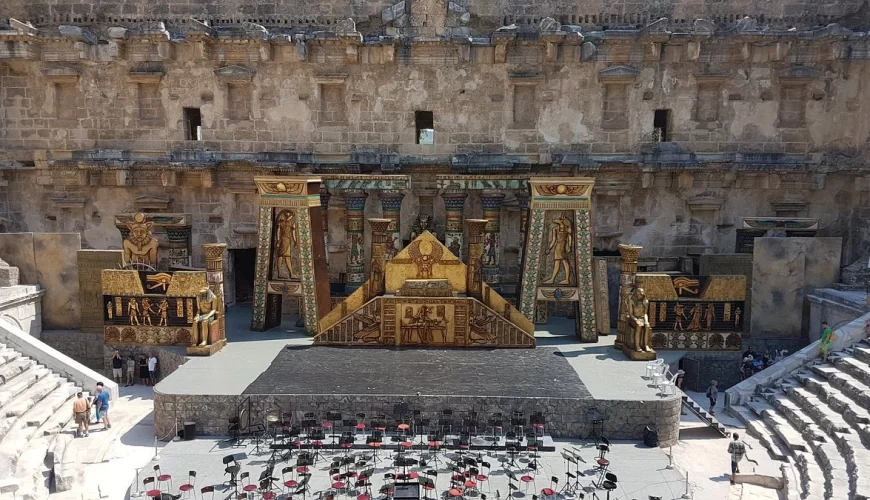

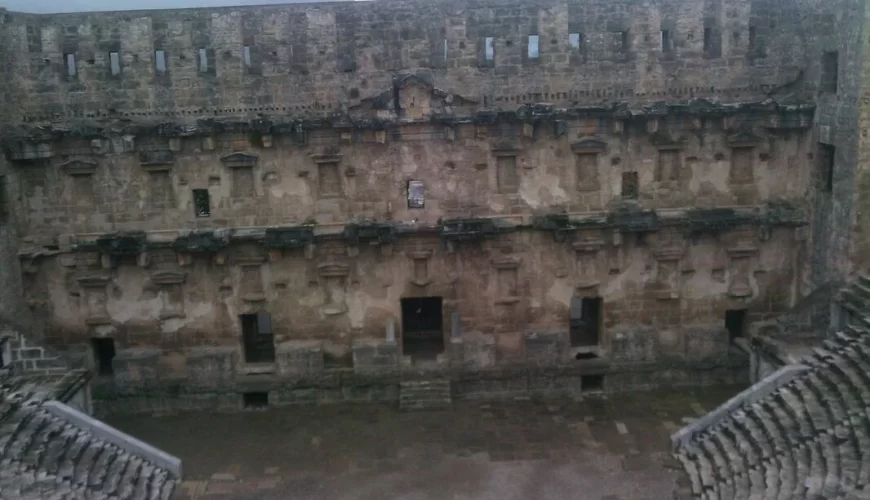
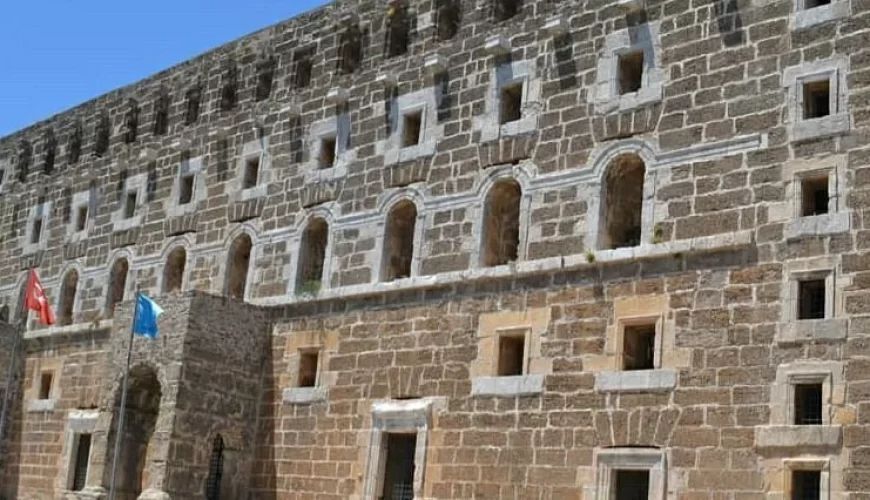

Comment (0)